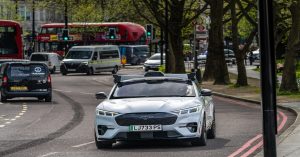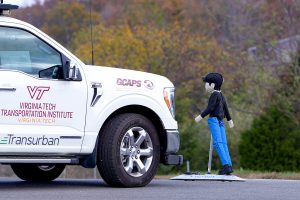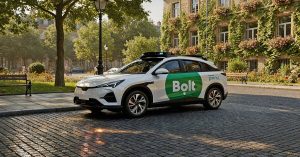Tesla has officially entered the robotaxi race, launching its first pilot fleet of self-driving vehicles in Austin, Texas. The small-scale test—featuring modified Model Y SUVs—marks a significant milestone for the electric carmaker. But as Elon Musk touts a future of millions of autonomous Teslas by next year, industry experts are pumping the brakes.
The initial rollout, which began Sunday, involves a limited number of vehicles operating in controlled conditions. Each car is closely monitored with safety personnel in the passenger seat and remote support teams on standby. Tesla also handpicked social media influencers for the inaugural rides—raising eyebrows about the true readiness of the technology.
A Carefully Staged Start
Tesla’s Austin pilot was as much a PR exercise as a technical demonstration. Vehicles operated only in specific zones, avoiding difficult weather and traffic scenarios. One ride, captured on video, showed a robotaxi drifting into the wrong lane at a major intersection—briefly but noticeably. In another case, a vehicle exceeded the local speed limit near a school zone for deaf children.
Despite these hiccups, Tesla remains optimistic. CEO Elon Musk has repeatedly claimed that the company will achieve mass autonomy through software alone—no new hardware needed. “Every Tesla can drive itself,” he recently posted on X. The vehicles in Austin are reportedly factory-standard, save for updated Full Self-Driving (FSD) software.
Industry Reactions: Cautious Optimism Meets Hard Skepticism
Autonomous vehicle experts are divided. Some say Tesla’s manufacturing scale and over-the-air software update system give it a clear edge. Others warn that the company’s vision-first, sensor-light approach is inherently riskier than rivals like Waymo, which use lidar and radar for redundancy and precision.
“This is not just a software update. Teaching a machine to drive everywhere, under all conditions, is enormously complex,” said Philip Koopman, an autonomous systems researcher at Carnegie Mellon University. “Edge cases—unexpected road situations—can take years to fully address.”
Waymo, Alphabet’s autonomous driving subsidiary, has taken a more conservative route. After over a decade of development, it now operates robotaxis in a few U.S. cities with plans to expand gradually. Analysts say Tesla’s go-fast strategy might create setbacks if safety stumbles erode public trust or invite regulatory crackdowns.
The Mars Metaphor
Bryant Walker Smith, a law professor specializing in autonomous vehicle regulation, likened Tesla’s current status to “announcing a mission to Mars, then flying to Cleveland.” The leap from a dozen cars in Austin to a global robotaxi fleet is vast—and filled with legal, technical, and ethical challenges.
Tesla’s past with autonomy hasn’t helped. The company has faced multiple investigations involving crashes linked to its FSD software, including fatal incidents. Critics argue that launching an unsupervised ride-hailing service before resolving these issues is premature.
A Race Against Time—and Rivals
Despite the skepticism, some analysts believe Tesla could benefit from regulatory paths cleared by earlier players. “Companies like Waymo have helped normalize autonomous vehicles,” said Paul Miller of Forrester Research. “Tesla may capitalize on that groundwork—if it can ensure safety at scale.”
The next few months will be critical. If Tesla can expand testing beyond Austin without major incidents, its case for rapid deployment strengthens. But if even one high-profile failure occurs, the company could face setbacks that take years to undo.
Bottom Line
Tesla’s robotaxi launch is a bold move that could reshape transportation—or stall under the weight of its own ambition. The vehicles may be ready for showtime, but the question remains: are they ready for the real world?







